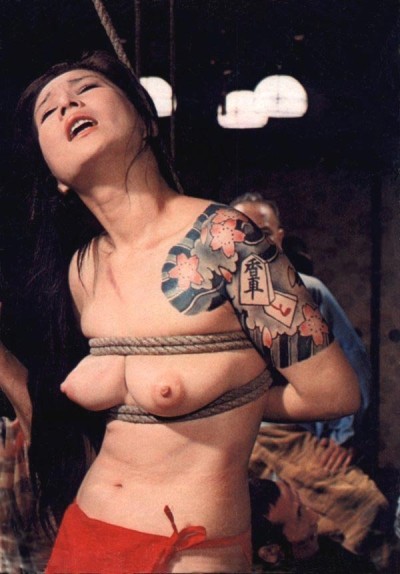Japanese videogame blog Kotaku has an article on S&M in Japanese culture. It’s a bit more substantial than this kind of article usually is.
And it’s become increasingly normal. That isn’t to say the entire nation of Japan is explicitly practicing S&M (it isn’t!), but Japanese television has increasingly become aware of S&M archetypes. It’s not uncommon for popular male actors to admit they are M (masochistic) or beautiful female singers to say they are S(sadistic). In a recent interview, Aya Ueto, one of Japan’s most popular stars admitted that she got along with the director of a recent film because she’s masochistic, and he’s sadistic. Ueto wasn’t talking explicitly about S&M, but rather, about being dominant and passive in a working relationship. The terms can have even broader meanings, completely non sexual ones, such as, for example, being mischievous or mean for M.
Japan likes to divide people into categories and subcategories or “kei” (系
. Japanese variety shows are a pastiche of different types, whether that be male or female: there are dumb types, cool types, funny types, and usually fat or ugly types. Increasingly, the terms “S” and “M” are used as personality markers. Fans chatter online about which members of boy band (and Nintendo pitchmen) Arashi are S-types and which ones are M. Two-person comedy acts like Ninety-Nine are divided into the straight man and the funny man, but in a world where Japanese comedy is often physically painful and embarrassing. Thank comedian Beat Takeshi, whose Famicom game Takeshi’s Challenge is the most sadistic game ever made, for that.

